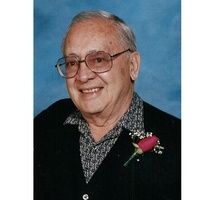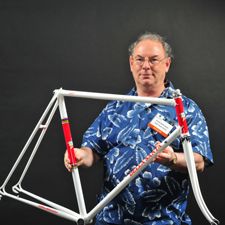When people ask you why you ride to work or school, you might say that it saves you money, gives you exercise or simply brings you to your office, shop or classroom in a better mood than you would have been if you'd had to fight traffic or the crowds in the train or bus station.
But, do you remember what got you pedaling to work in the first place? Was there some specific event that caused you to dust off that bike you hadn't ridden in years and use it as your commuter?
Here in New York, some long-time bicycle commuters got their start during transit workers' strikes. Here, and in other places, there are people who rode to class or work when they were poor students or low-wage employees and never stopped even after their economic circumstances changed. Still others simply were trying to regain health and stamina they'd lost--or to gain such qualities after not having them in the first place.
For Amy Graff in San Francisco, the impetus was losing her parking spot at her job. So, a month ago, she pumped up the tires on her 22-year-old Specialized Stumpjumper and started navigating the city's narrow streets and steep climbs. She recounts her experiences in a SFGate article, "What I Learned After Riding My Bike For Three Weeks."
Some of the things she learned aren't surprising: San Francisco is hilly, but biking is often the fastest way to get around the city. That second point could also be made about riding in New York, along with "getting doored is a real thing," "drivers are clueless about cyclists" and "people wear suits, even skirts, while biking."
But my favorite "lesson" is this: "the streets are cleaner than the sidewalks." That's also something I could say about New York: Even though we have a "pooper scooper" law; I've dodged (and stepped in) more doggie doo, vomit and other vileness left by blameless animals and clueless (or manner-less) drinkers. Let me tell you, those things are really difficult to clean out of your tire treads, which you certainly want to do if you want to bring a bike into a New York or San Francisco apartment!
But, do you remember what got you pedaling to work in the first place? Was there some specific event that caused you to dust off that bike you hadn't ridden in years and use it as your commuter?
Here in New York, some long-time bicycle commuters got their start during transit workers' strikes. Here, and in other places, there are people who rode to class or work when they were poor students or low-wage employees and never stopped even after their economic circumstances changed. Still others simply were trying to regain health and stamina they'd lost--or to gain such qualities after not having them in the first place.
For Amy Graff in San Francisco, the impetus was losing her parking spot at her job. So, a month ago, she pumped up the tires on her 22-year-old Specialized Stumpjumper and started navigating the city's narrow streets and steep climbs. She recounts her experiences in a SFGate article, "What I Learned After Riding My Bike For Three Weeks."
Some of the things she learned aren't surprising: San Francisco is hilly, but biking is often the fastest way to get around the city. That second point could also be made about riding in New York, along with "getting doored is a real thing," "drivers are clueless about cyclists" and "people wear suits, even skirts, while biking."
But my favorite "lesson" is this: "the streets are cleaner than the sidewalks." That's also something I could say about New York: Even though we have a "pooper scooper" law; I've dodged (and stepped in) more doggie doo, vomit and other vileness left by blameless animals and clueless (or manner-less) drinkers. Let me tell you, those things are really difficult to clean out of your tire treads, which you certainly want to do if you want to bring a bike into a New York or San Francisco apartment!






